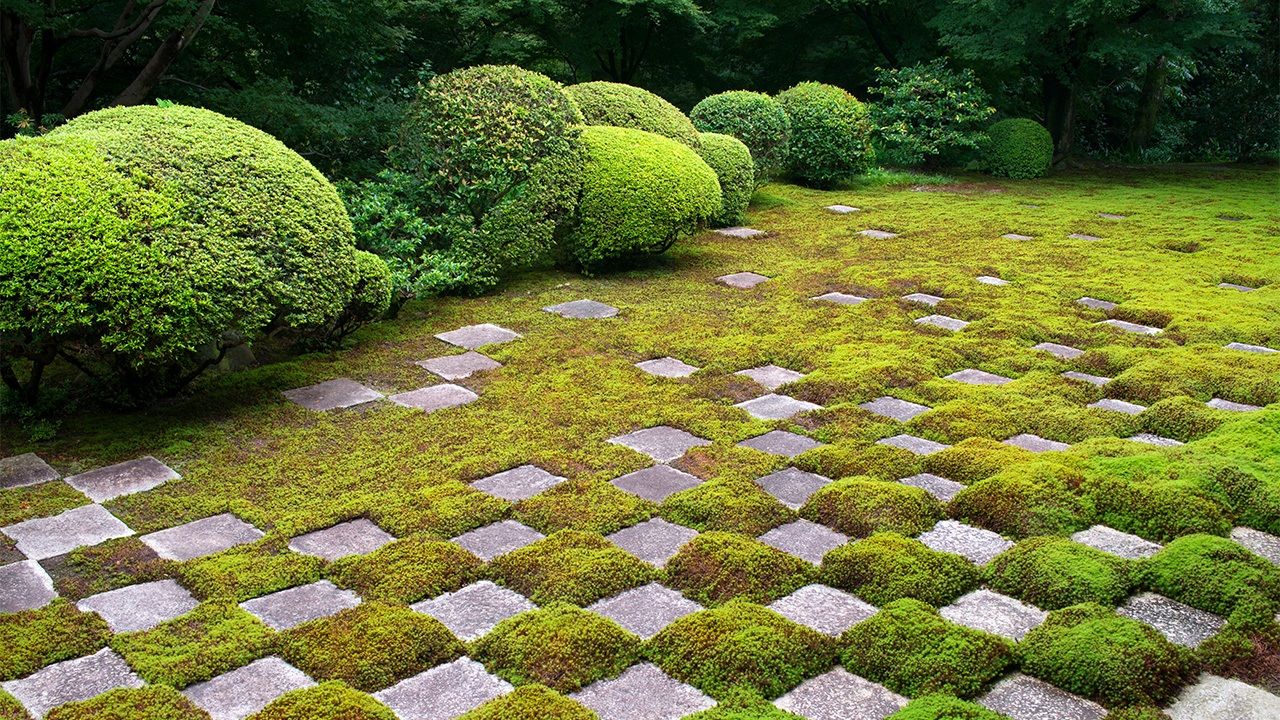
Former Capital: A History of Kyoto Since 1869
History Culture Lifestyle Travel- English
- 日本語
- 简体字
- 繁體字
- Français
- Español
- العربية
- Русский
Finding a New Identity
Kyoto relinquished its title as capital of Japan, which it had held for 1,000 years, to Tokyo in 1869. Fears emerged that Kyoto would enter a period of decline, spurring local merchants and politicians to modernize the city as soon as possible. The completion of the Lake Biwa Canal, which supported industrialization to the north of Kyoto through hydroelectric power, was one remarkable success and would help bring electricity to the city. Further projects developed railways and other canals, while the Kyoto Exposition, held each year, encouraged the development of industry.
Its long history meant that Kyoto was no stranger to rejuvenation. In 1918 and 1931, it absorbed neighboring municipalities like Fushimi, Kii, Kadono, and Otagi. Thus, Kyoto expanded from the rakuchū areas of the historical city to include the outer rakugai areas, securing the land it needed to grow as an industrial city.
At the same time, Kyoto’s leaders worked to build urban infrastructure, including roads, railways, canals, and parks. By 1932, the successfully modernized city’s population topped 1,000,000, and proud citizens dubbed it Dai-Kyoto (Great Kyoto).
While adapting to the twentieth century, Kyoto did not neglect the cultural value of its millennium as Japan’s capital. Travelers came from all over the country to experience historic sights and traditional arts, visiting temple headquarters and major shrines and furthering their studies of such ancient arts as ikebana (flower arrangement) and sadō (tea ceremony).
The 1928 enthronement ceremony for Emperor Shōwa at Kyoto Imperial Palace raised the city’s profile as an international tourist destination. Guests of honor were invited from around the world and lavished with banquets. Their experiences laid the foundations for the city to welcome visitors from the four corners of the globe. Together with tours around the tombs of Emperor Meiji and other former imperial leaders, Kyoto developed new forms of tourism adapted to its local strengths.
This meant seeing the city from a fresh perspective, rediscovering and recreating its charms. Efforts focused on the spring cherry blossoms at Arashiyama and Daigo, cool summer evenings at Kamogawa and Kibune, foliage and matsutake mushrooms in autumn, and snowy winter landscapes. Newly established ski slopes to the north of the city offered other sporting possibilities. Theaters and cinemas in the center were modernized, and Uzumasa and Omuro attracted visitors as filming locations.
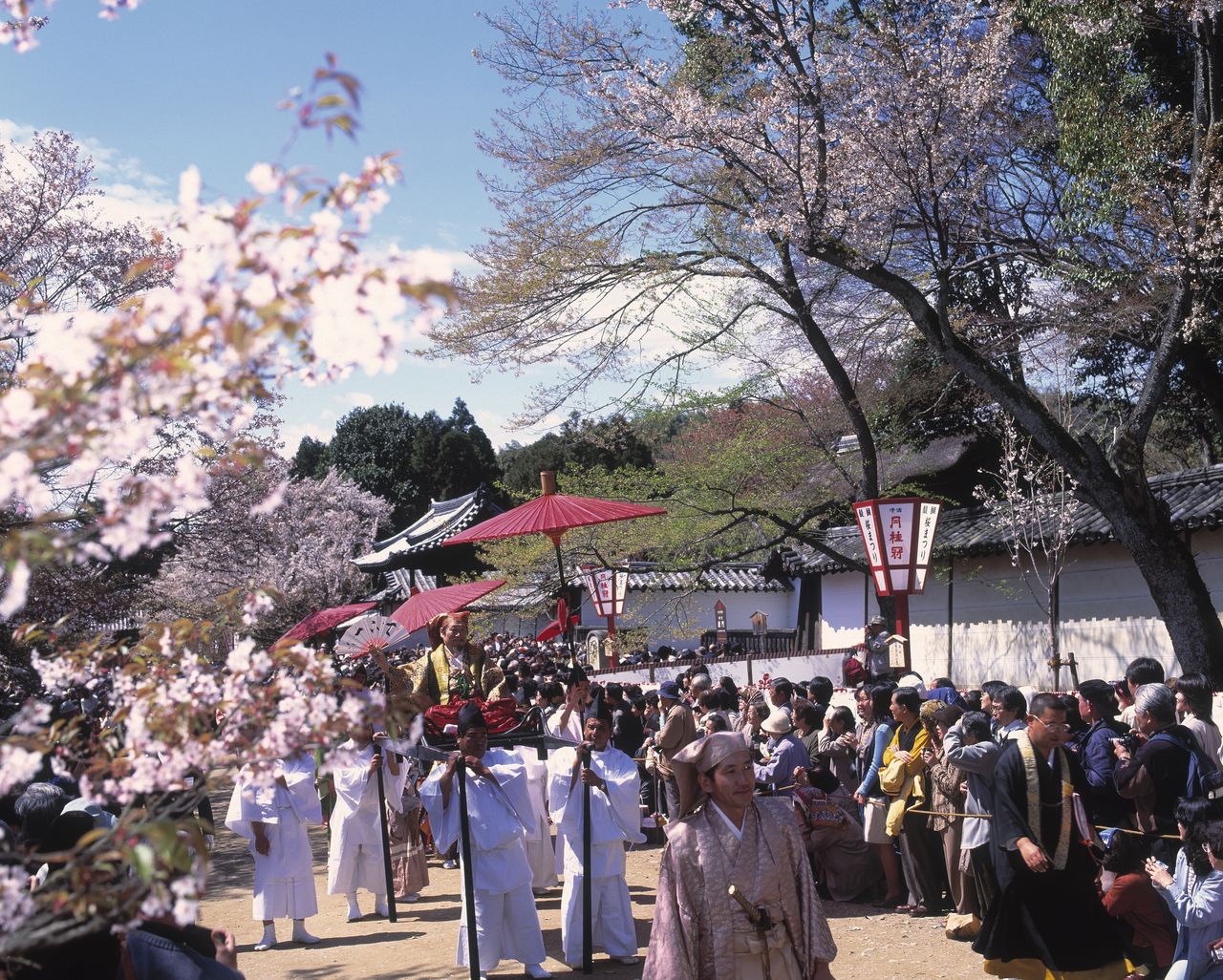
A cherry blossom procession at Buddhist temple Daigoji recreates the occasion when Toyotomi Hideyoshi planted hundreds of cherry trees and called daimyō and their entourages, some 1,300 people in all, to Kyoto. Photo taken in 1997. (© Jiji)
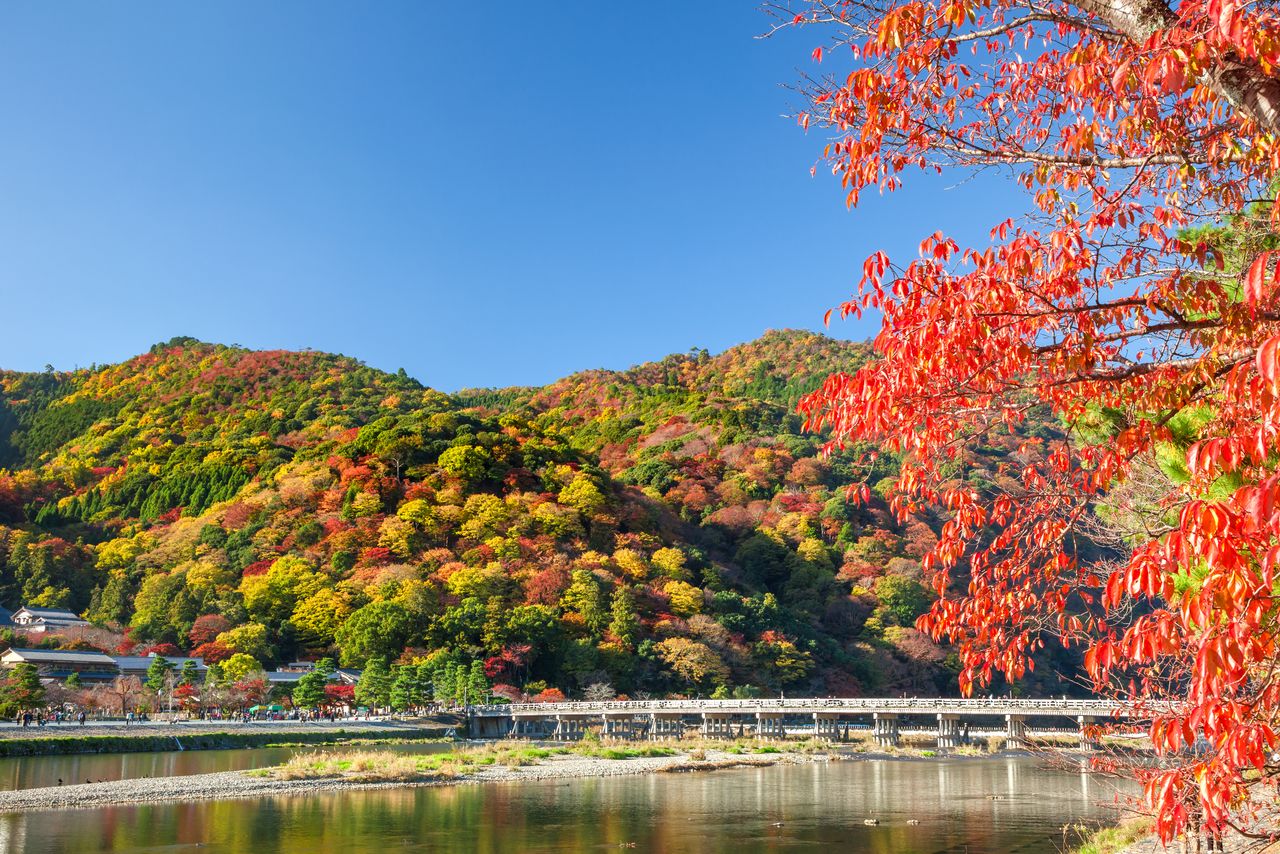
Arashiyama is renowned for both its fall foliage and its cherry blossoms. The colorful hillside combined with the famous bridge Tōgetsukyō spanning the Katsu River to create a fantastic sight. (© Pixta)
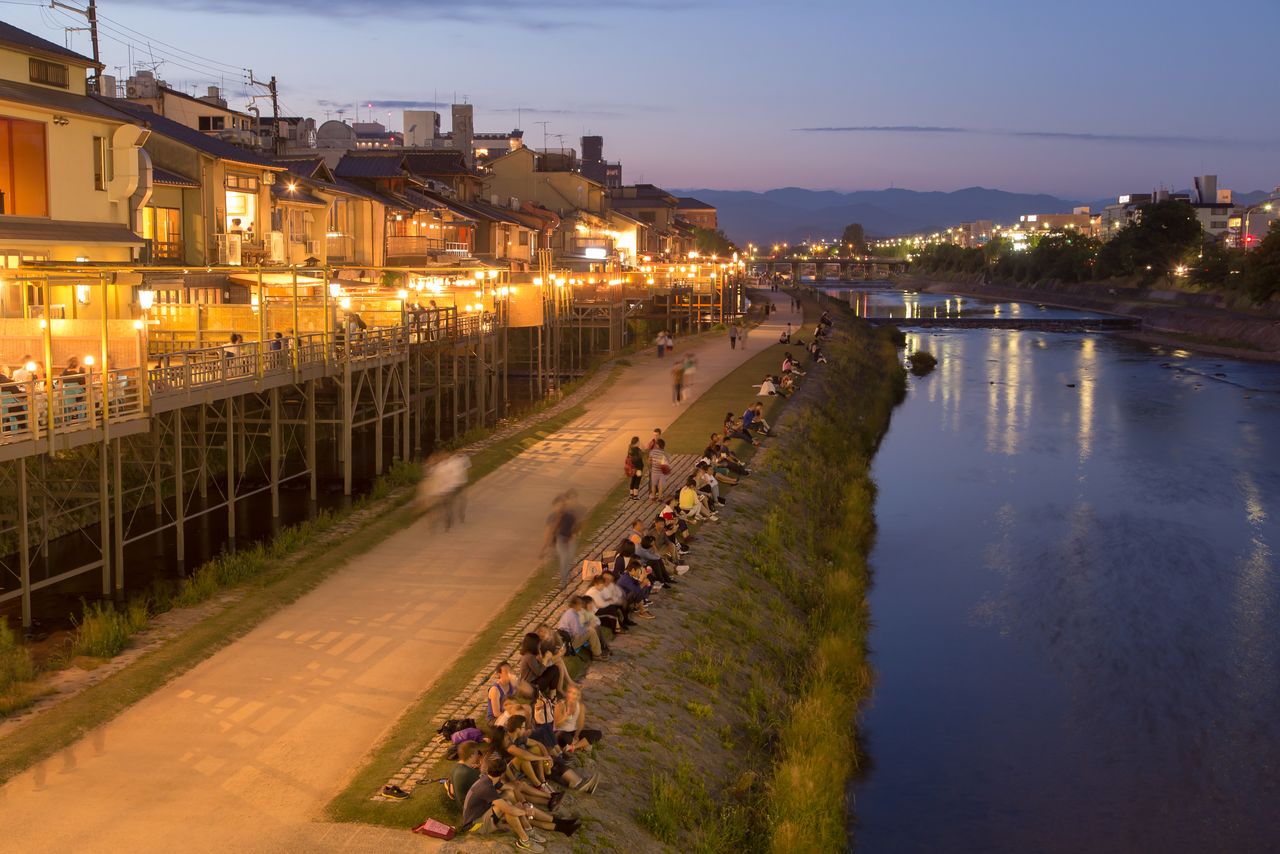
People take in the cool air on the banks of the Kamo River. From May to September, around 90 eateries line up to meet the demand. (© Pixta)
The city upgraded tour buses and other transport, as well as hotels and traditional ryokan accommodation. New connections to the surrounding area included the Ujigawa Line road through Uji and Ōtsu, funiculars and cable cars to the peaks of Mount Hiei and Mount Atago, and pleasure boat routes on the Hozu and Kizu Rivers.
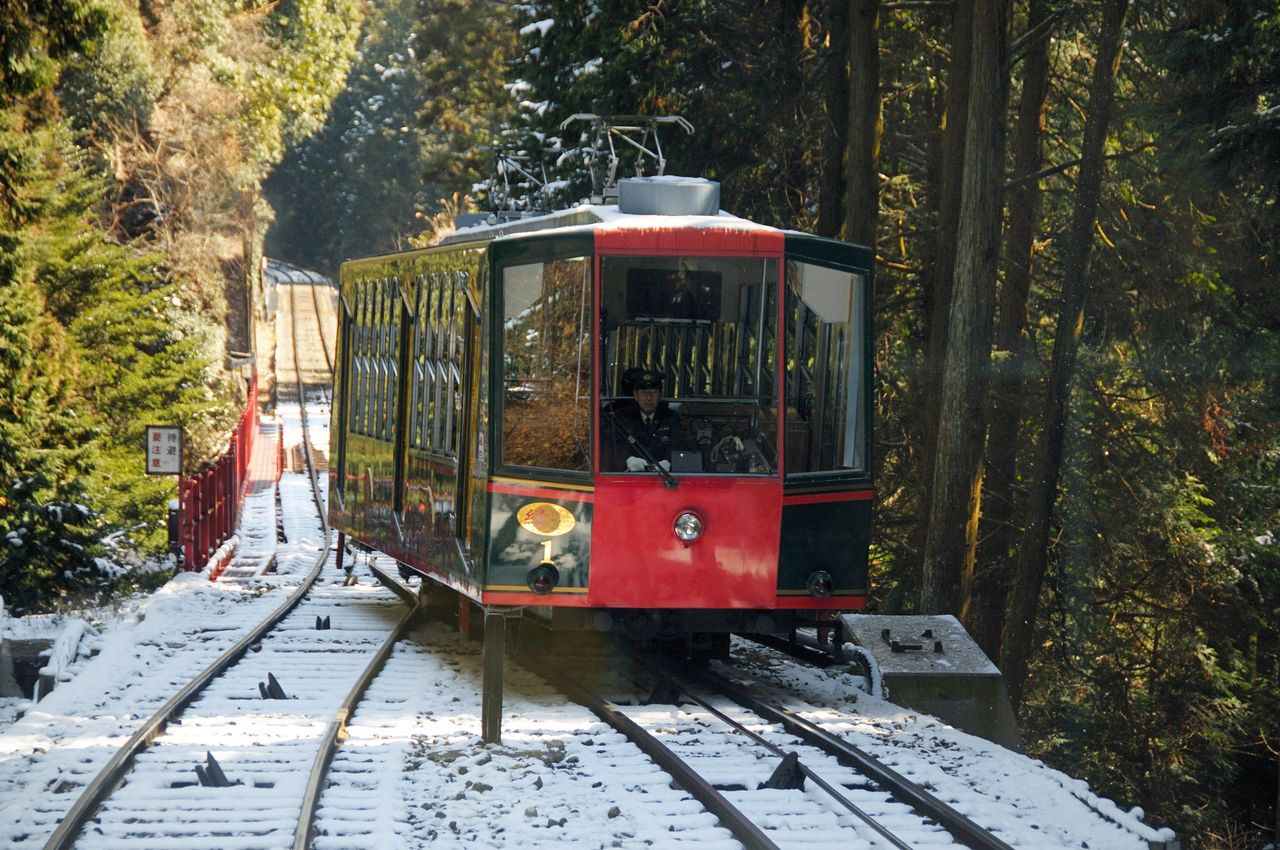
The Hieizan Railway Line connects the foothills of Ōtsu in Shiga Prefecture with the top of Mount Hiei. Photo taken in 2009. (© Jiji)
As Japan adapted to a new age of tourism, Kyoto was always in the vanguard. In addition to making the most of the city’s cultural assets, Kyotoites constantly sought new ways to attract visitors, such as holding events to coincide with business conferences and expositions, developing showcases for the arts in Gion and other entertainment districts, opening Western-style hotels, and boosting the film industry. After World War II, Kyoto soon set its sights on becoming an international tourist destination as a path to economic recovery.

A street in Gion, Kyoto. (© Pixta)
Thus, while Kyoto has a proud history of more than 1,200 years, it does not rest content with being the former capital, and is looking to the future. Currently, preparations are being made for the relocation of the Agency for Cultural Affairs from Tokyo to Kyoto in 2022.
Sustainable Tourism
In 1997, the United Nations Climate Change conference was held in Kyoto, and the adoption of the Kyoto Protocol linked the city with environmental action. Kyoto has also been at the forefront of efforts to achieve the UN’s sustainable development goals by 2030.

The Kyoto Protocol, adopted in Kyoto in 1997, was the first international treaty with the aim of reducing greenhouse gases. (© Jiji)
The phrase sanshi suimei describes the “purple hills” reflecting the light of the sun and “clear waters” of historical Kyoto. In other words, it is a way of saying “scenic beauty.” Even from the city center, the surrounding hills are always in view. Kyoto is also characterized by its water-based culture, seen in the Kamo and Kibune Rivers, as well as the streams in the grounds of Shimogamo Shrine. Traditional Japanese gardens, which reached their pinnacle in Kyoto, use the shakkei technique, “borrowing” natural scenery and, as it were, bringing it into city life. While the city industrialized and grew to a population of more than 1.4 million, it still feels like the natural world is not far away.
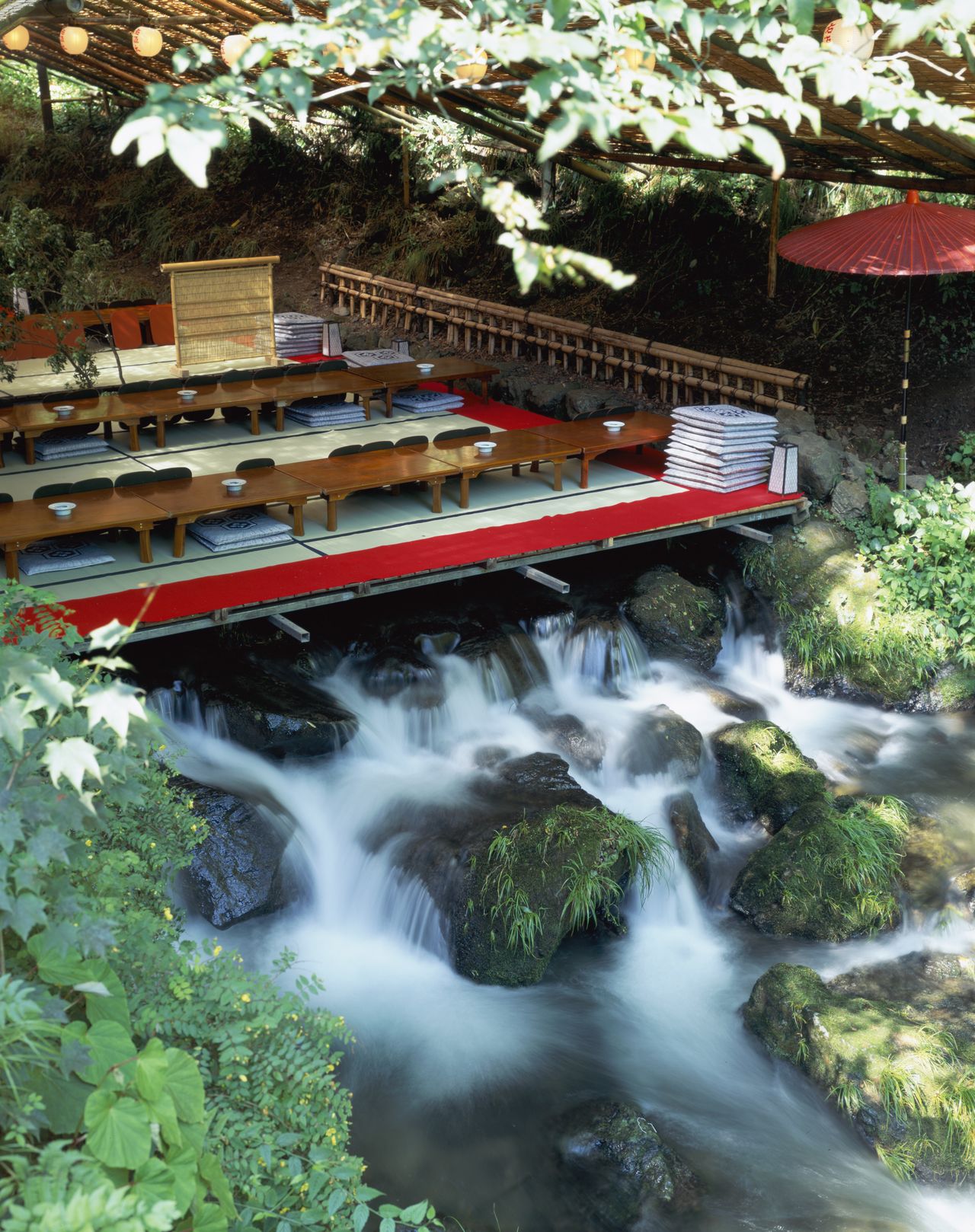
A platform for enjoying the cool flowing waters of the Kibune River while dining. Photo taken in 2009. (© Jiji)
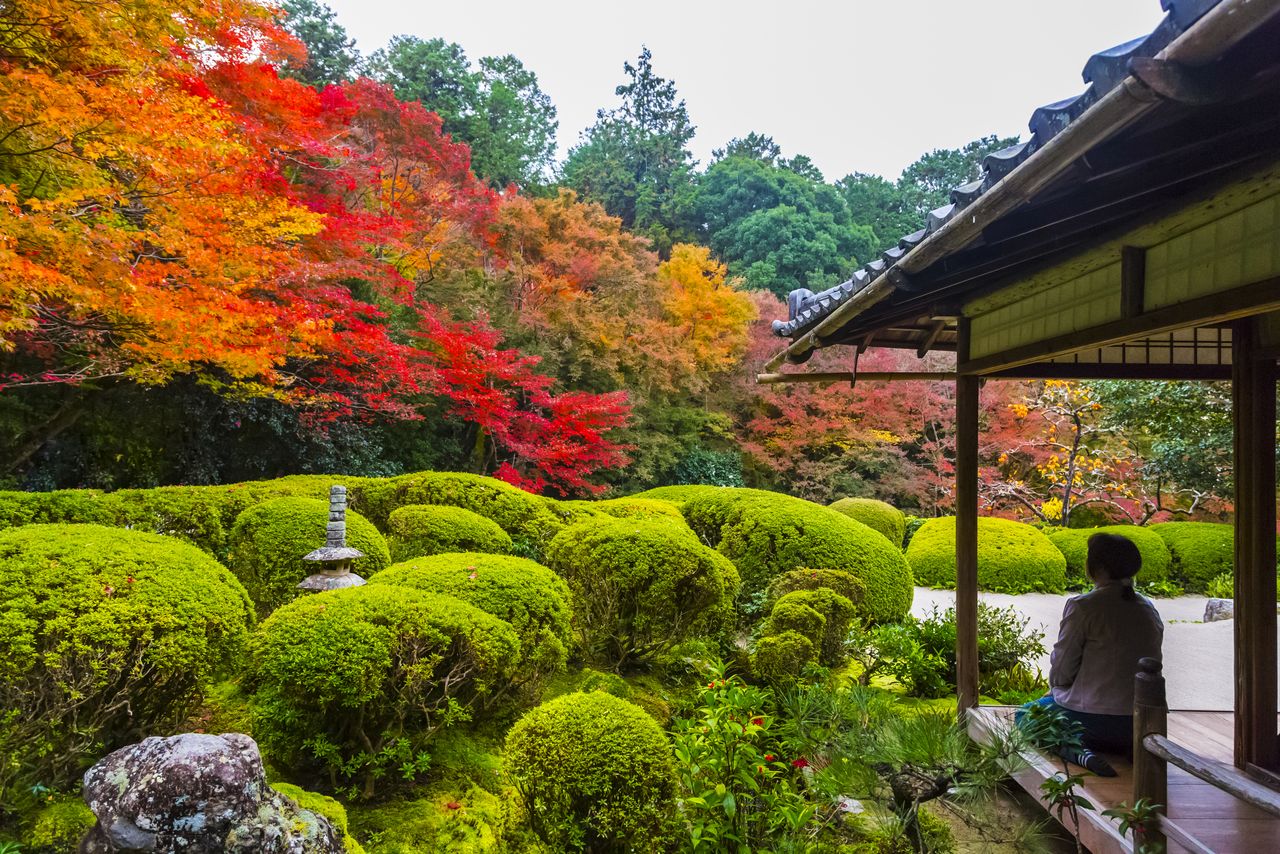
The garden of Shisendō, a temple that was originally established as a villa for Tokugawa Ieyasu’s vassal Ishikawa Jōzan.
Sustainability is now associated not only with the environment, but also with cultural tourism. In December 2019, an international conference on these issue was held by the United Nations World Tourism Organization and UNESCO at the Kyoto International Conference Center. Ministers responsible for tourism were among the 1,500 participants from 70 countries discussing topics under the theme “Investing in the future: tourism, culture, and the SDGs.” On this occasion Mayor Kadokawa Daisaku presented the Kyoto Model, which aims to build connections between local communities, culture, and tourism, fulfil the SDGs, and tackle issues arising from overtourism.
The COVID-19 pandemic has brought international tourism to a virtual standstill, but the time will come when overseas visitors are again a regular sight in Kyoto’s streets. At that time, the Kyoto Model for sustainable tourism will come under the spotlight again.
(Originally published in Japanese on April 21, 2021. Banner photo: Moss and stones create an ichimatsu pattern in the Hōjō northern garden, designed by Shigemori Mirei (1896–1975), at the temple Tōfukuji. © Aflo.)